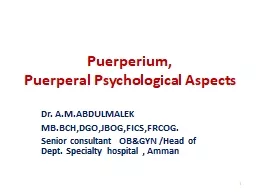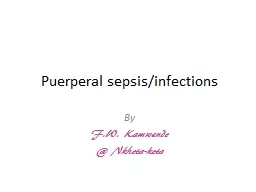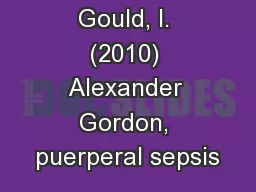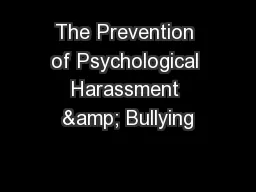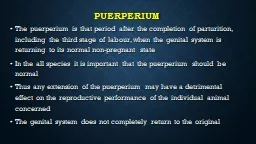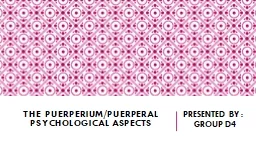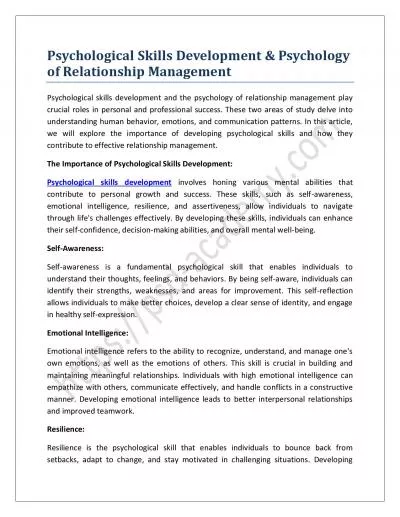PPT-Puerperium, Puerperal Psychological
Author : wilson | Published Date : 2022-02-15
Aspects Dr AMABDULMALEK MBBCHDGOJBOGFICSFRCOG Senior consultant OBampGYN Head of Dept Specialty hospital Amman 1 Puerperium It is the time from the delivery
Presentation Embed Code
Download Presentation
Download Presentation The PPT/PDF document "Puerperium, Puerperal Psychological" is the property of its rightful owner. Permission is granted to download and print the materials on this website for personal, non-commercial use only, and to display it on your personal computer provided you do not modify the materials and that you retain all copyright notices contained in the materials. By downloading content from our website, you accept the terms of this agreement.
Puerperium, Puerperal Psychological: Transcript
Download Rules Of Document
"Puerperium, Puerperal Psychological"The content belongs to its owner. You may download and print it for personal use, without modification, and keep all copyright notices. By downloading, you agree to these terms.
Related Documents

